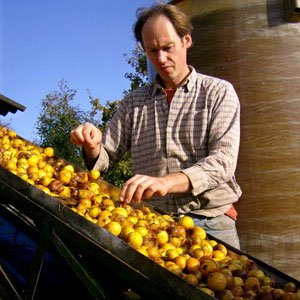Season’s greetings, spirits sippers! It’s Brad Japhe, the resident expert on the subject, reporting for duty. As is customary this time of year, I’m presenting my annual list of the absolute best bottles I encountered over the past 12 months. The stable of contenders was crowded in 2024: Of some 322 new expressions sampled, I counted no less than three dozen deserving of effusive praise. Sadly, some of those offerings are just so painfully pricey and/or excruciatingly allocated that I couldn’t, in good conscience, include them here.
Instead, my choices embody a wide variety of liquid across all categories and price points. Make no mistake, you will see bottles fetching four- or even five-figure sums—entries are organized in order of increasing cost—but it’s all relatively available for purchase. You won’t need an estate planner to broker acquisition.
But before we get to the big reveal, let’s recap the year’s major headlines. Beyond spotlighting the shape of the industry in 2024, these news items hint at where we’re headed in the months ahead.
For one thing, people aren’t paying as much for rare whiskey. A recent report from the financial advisory firm Noble & Co. indicated that the value of auctioned scotch cratered by 40% in 2024. But that hasn’t slowed the trend of formerly shuttered “ghost” distilleries rising from the grave across the Scottish landscape, as I reported this summer.
Tariffs proposed by the incoming administration mean your favorite tequila could effectively become 25% more expensive in the year ahead. And a separate trade war with the UK could persuade domestic scotch consumers to experiment with single malts from emerging markets such as India or New Zealand.
Or, perhaps they’ll start exploring American single malt, since the category is finally going to be recognized by the Alcohol and Tobacco Tax and Trade Bureau, after more than eight years of lobbying efforts.
But enough speculating about what’s coming. Here are my best bottles of 2024.
Alambique Serrano Rum Blend #5 — $70.Source: Vendor
Alambique Serrano Rum Blend #5
There’s more than just mezcal coming out of the highlands of Oaxaca. This artisanal brand from the steep hillsides of Santa María Tlalixtac specializes in world-class rum. In fact, you’ll be hard-pressed to find sugarcane distillate anywhere drenched in as much complexity as this 65.9%-ABV spiced-banana bomb. It’s a 50-50 blend of column spirit, aged for 27 months in ex-bourbon casks, with pot still spirit aged for 19 months in new French oak. Cut it with a splash of water to extend a tobacco and toasted almond-toned finish. Or knock it back neat, if you dare. ($70)
Hampden Great House 2024 Jamaican Rum — $130.Source: Vendor
Jamaica’s holy house of funk never disappoints when it comes to full-bodied expressions, brimming with over-ripened fruit. Although the exact recipe of this annual limited release shifts each year, it invariably involves a blend of rums that epitomize the brand’s signature style. This time around it finds form in a 57%-ABV sipper that wows with an initial wave of marmalade and cranberry relish, revealing more tropical fruit undertones as it warms in the dram. ($130)





















































